Here at The Piano Shop Bath we have received a Mickleburgh piano into our workshop. On first inspection it looks like a small compact piano branded ‘Mickleburgh’ and further to the right one can read the words ‘Stokes Croft, Bristol’. Mickleburgh is a well established piano dealer in Bristol whom we have known for years in the piano trade. The original Alfred Mickleburgh manufactured pianos right through to 1936 in Colston Street, and pianos were also manufactured in Stokes Croft in the 1990’s. However a little further investigation brought up some interesting revelations about the provenance of the piano.
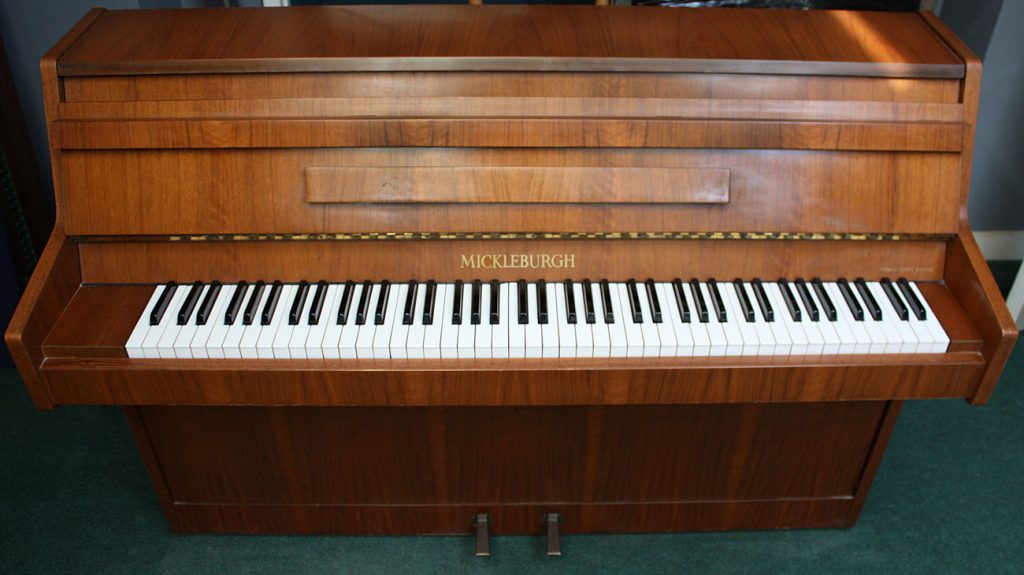

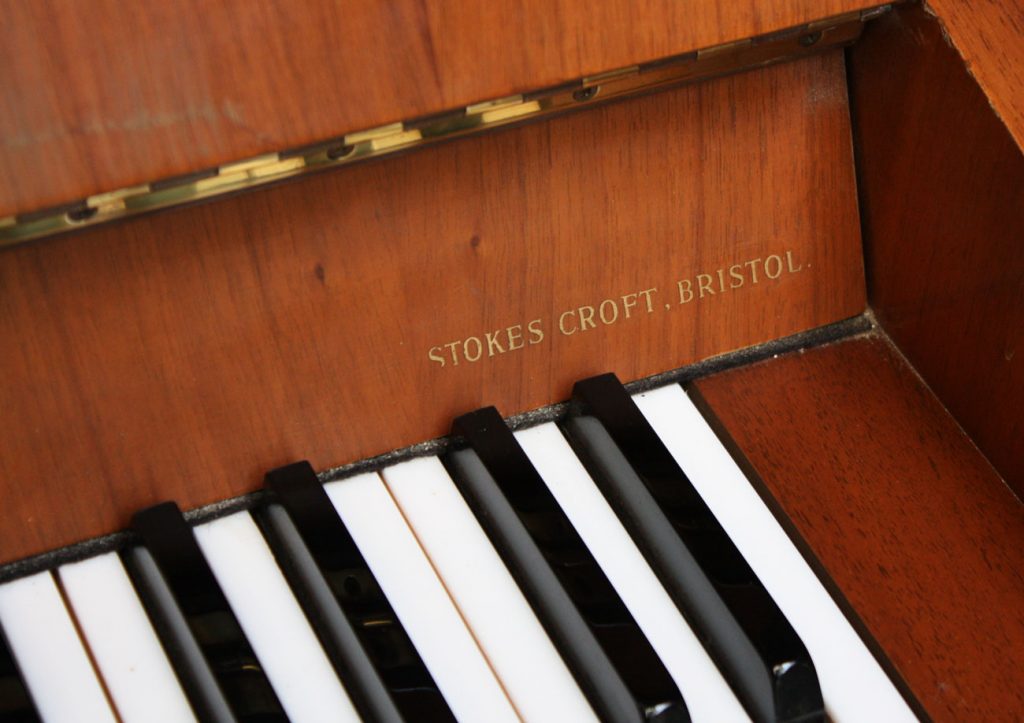

The first step is to check under the hood. On initial inspection all we can see is a serial number, 117892. By itself and without a manufacturer’s name, it is pretty useless and remains just a number. So then we took the front panel completely off to expose the action and here is where we got our first clue. The action was clearly labelled ‘Richard Harley Action’. These actions were designed by Bentley pianos and used exclusively in their upright pianos for a certain period. Bentley pianos were a British manufacturer who produced mainly upright pianos for the domestic market, and this piano’s design certainly looks like a typical Bentley piano from the late 1960’s or early 1970’s.
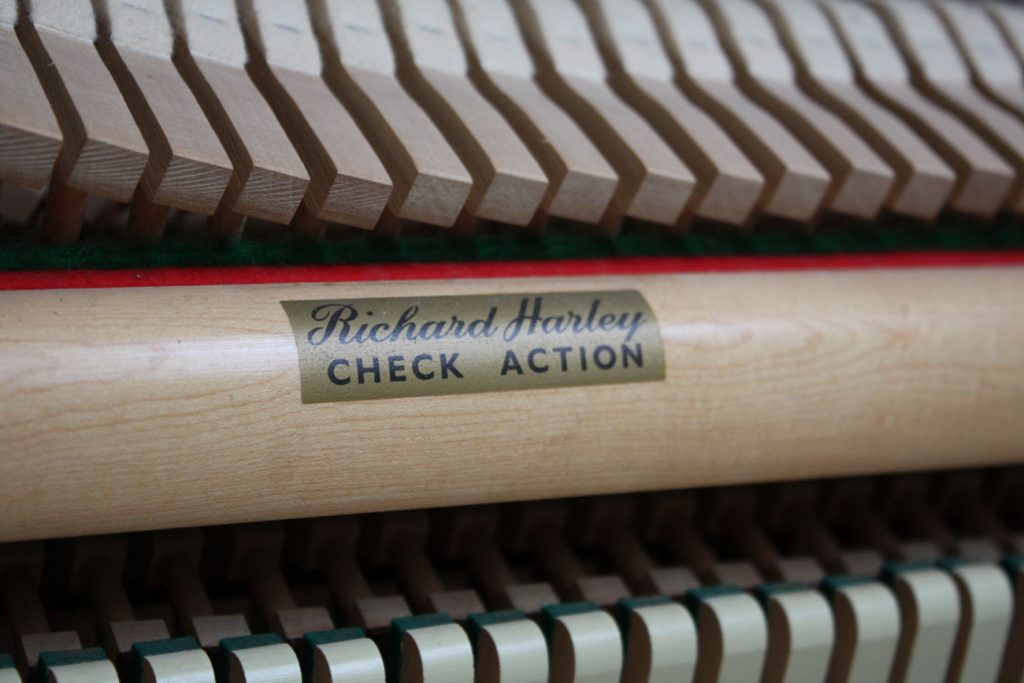

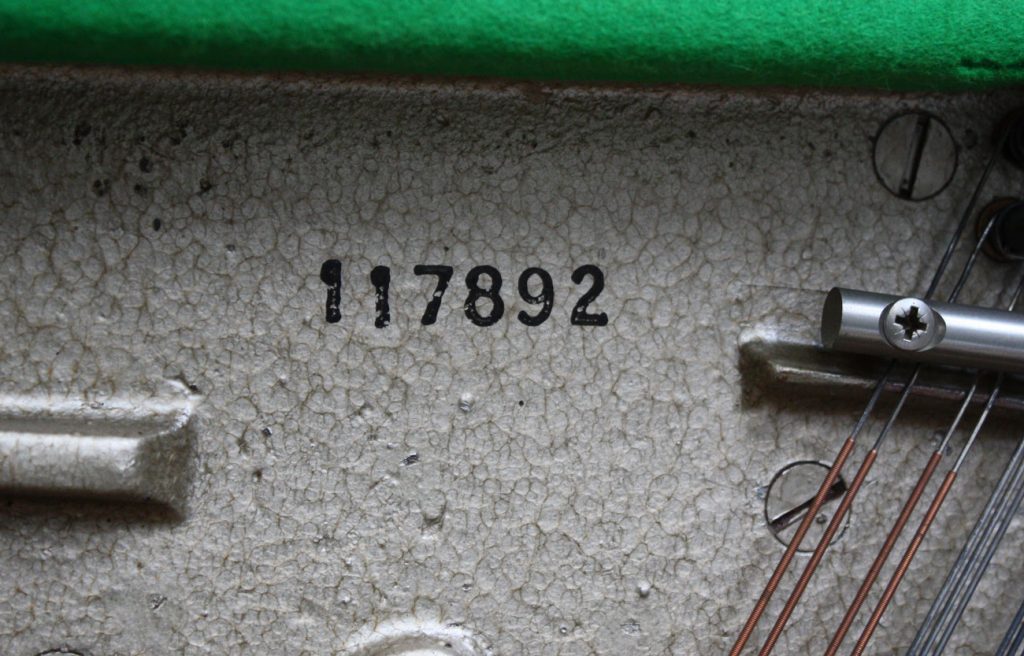

At this point you could have a reasonable bet that this was originally a Bentley piano and leave it at that. However we can go a step further for clues by removing the bottom panel of the cabinet just above the pedals. Here we can see the bottom half of the piano’s cast iron frame and it is here that we see the words pressed ‘SP36 H’. The letters SP36 are a Bentley compact piano model and this perfectly matches the design of our Mickleburgh piano. This model was made more compact by having a slightly reduced 7 octave keyboard. We can now also date the piano from the serial number 117892, which tells us it was manufactured approximately in 1969.
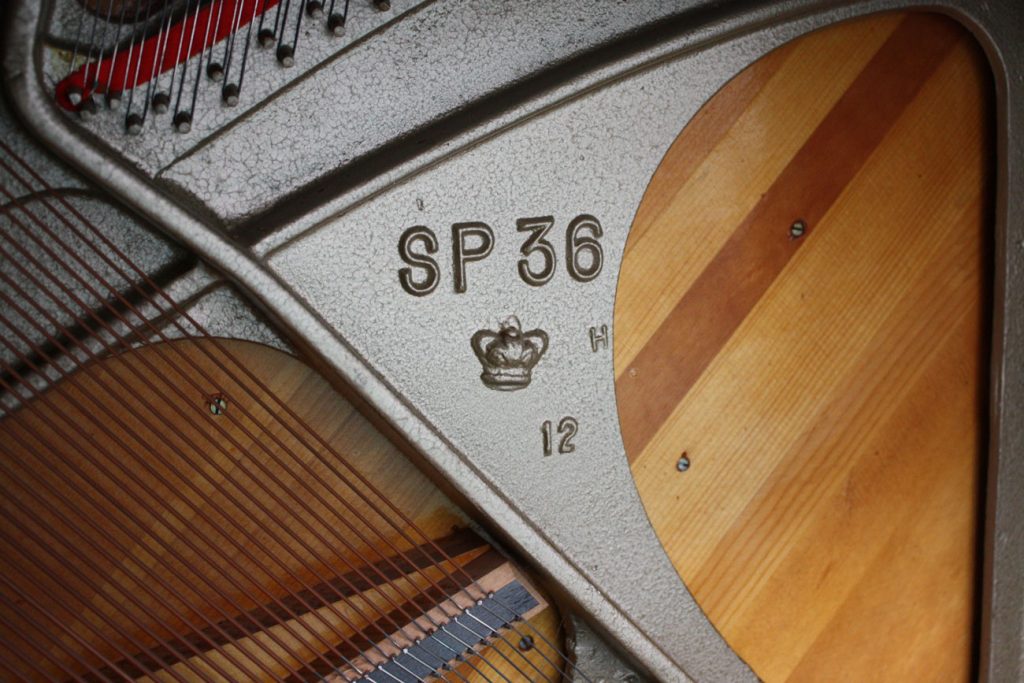

One question still remains: why does it bear the name Mickleburgh? Many years ago it was common practise in the piano trade to brand pianos with the retailer’s name. There were a couple of benefits to this arrangement. It would help to instil trust and also maintain that relationship with the customer when the piano needed tuning or repair. For the piano manufacturer, it would also help them sell their pianos if they were not particularly well known. In the 1920’s and 1930’s, there were hundreds of British piano makers and they would often apply the retailers name straight to the piano, sometimes even coming up with a special model or finish for the retailer. This practice continued through to the 1970’s, but by this time the number of piano manufacturers were much fewer and those still in business had more famous brand names than the retailers. As a result the practise went out of fashion and today many players prefer to see the original brand emblazoned on the lid, especially if it is a good make.

